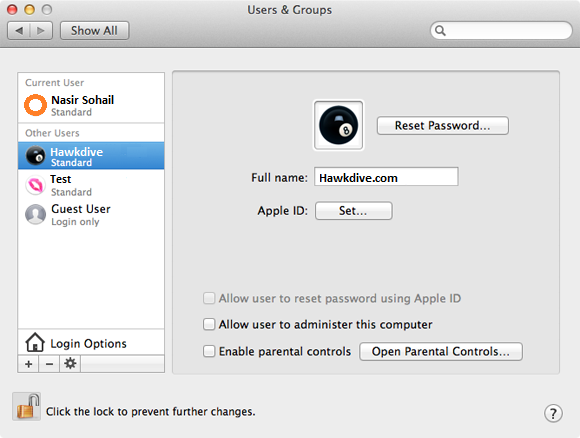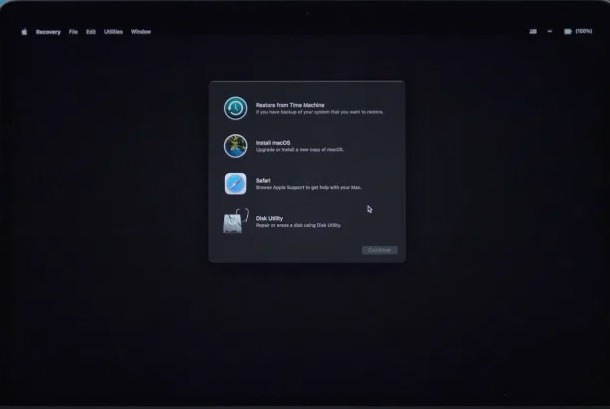

This is a very powerful mode to work in, but is very convenient for troubleshooting.īy default, when booting to Single User Mode the hard drive is set to a read-only state, which ensures that you do not make changes unless you explicitly tell the system to do so. This mode loads you as the "root" user, which gives you full and unrestricted access to every aspect of the system via a command-line interface.

Restart your computer while holding the Command and S keys, which will drop you to a terminal command prompt. The convenience of this setup means that you can reactivate the setup assistant to create an administrative account on the computer simply by removing this hidden file and then restarting the computer, which by default should take three steps: With the hidden flag file removed, you can use the Setup Assistant to create a temporary account for administrative purposes. When your computer boots it will check for the presence of this file, and then bypass the setup assistant if the file is found. The Setup Assistant is always present on your computer, but only loads once because when it is finished it creates a small file called ".AppleSetupDone" in a hidden folder on the system.

#FORGOT PASSWORD FOR MAC ADMIN ACCOUNT INSTALL#
This assistant is generally only used once when you install OS X, where it shows a basic interface while running with root privileges to set some core system features, including the first administrator account. This occurs quite rarely, but if it does happen, one quick but well-known and convenient trick for recovering administrative status on a system is to activate Apple's OS X setup assistant again. However, there may be times, when after an OS upgrade or other major system configuration change, that the administrator privileges of an account might get stripped, leaving you with no way to change a number of system settings. All Mac systems should by default have at least one administrator account for installing programs and otherwise changing the system configuration and settings.


 0 kommentar(er)
0 kommentar(er)
